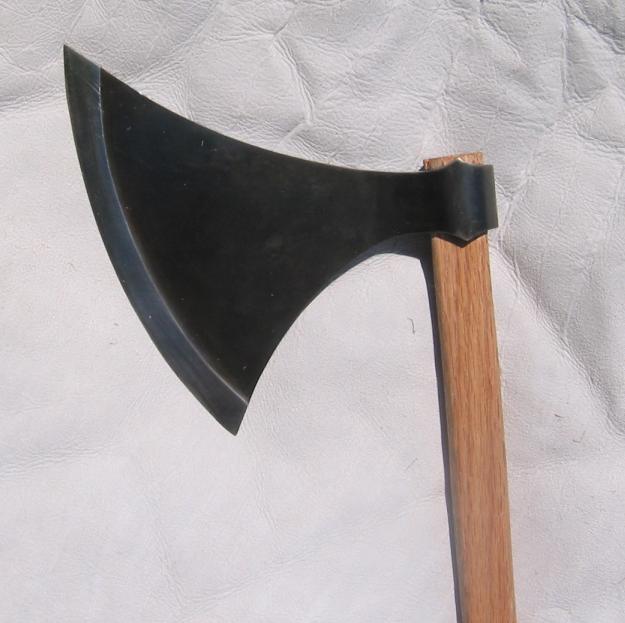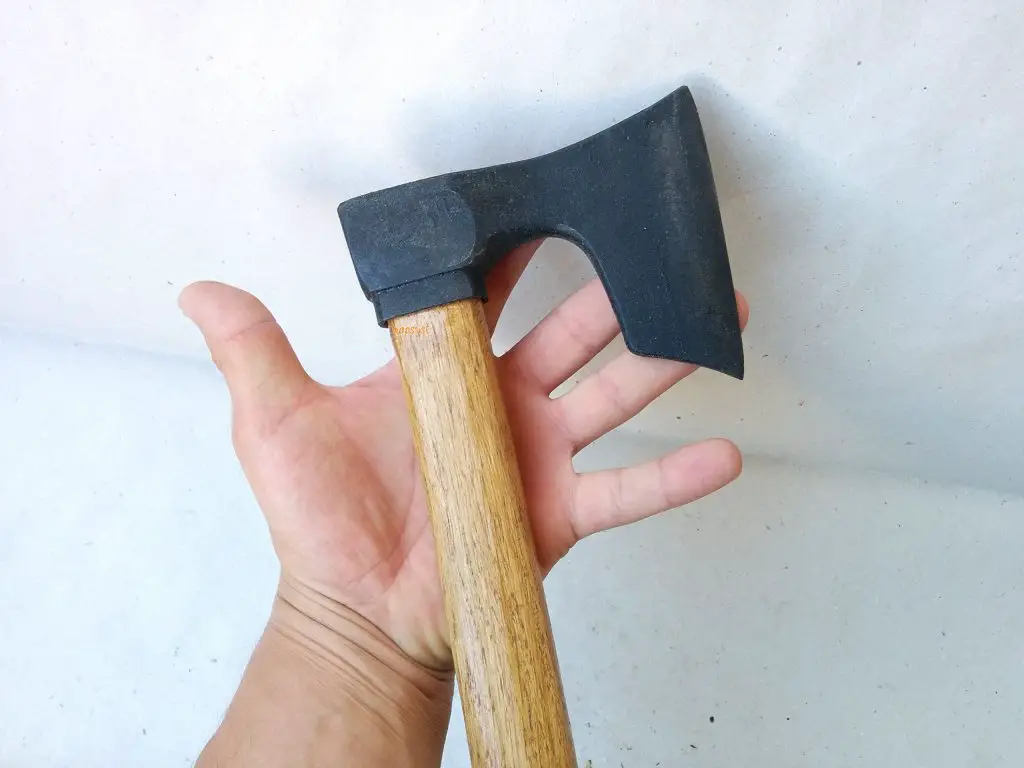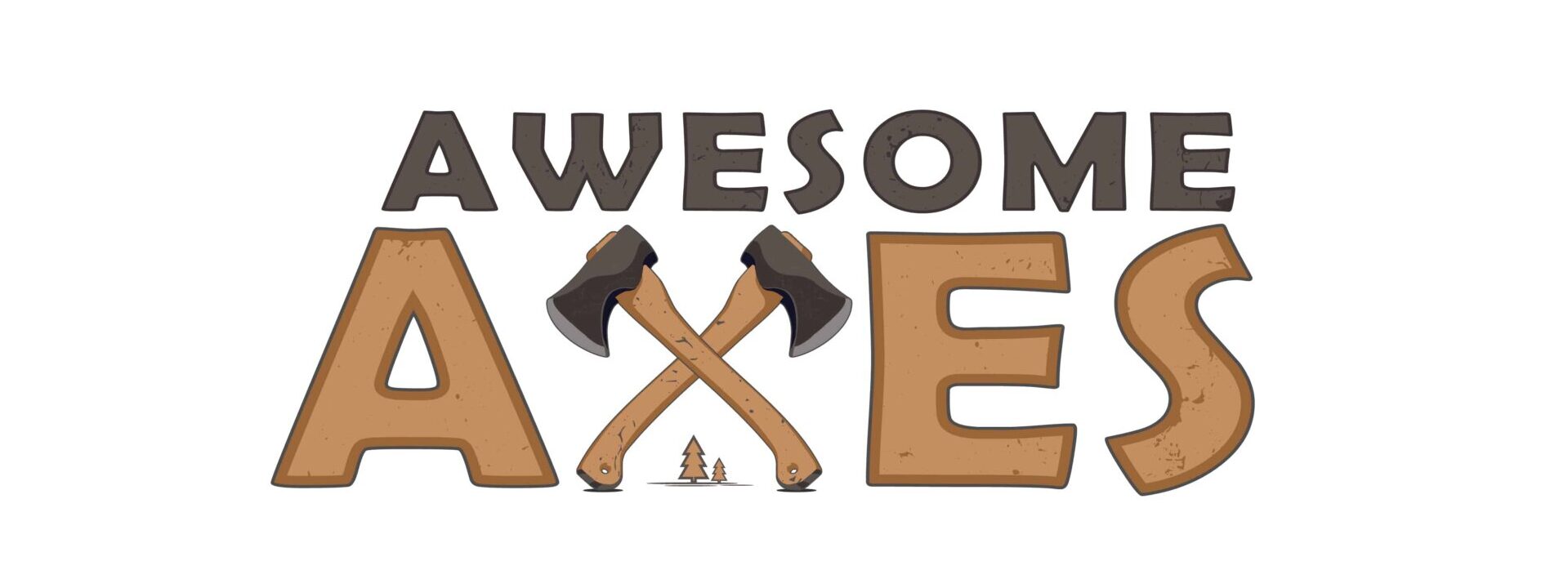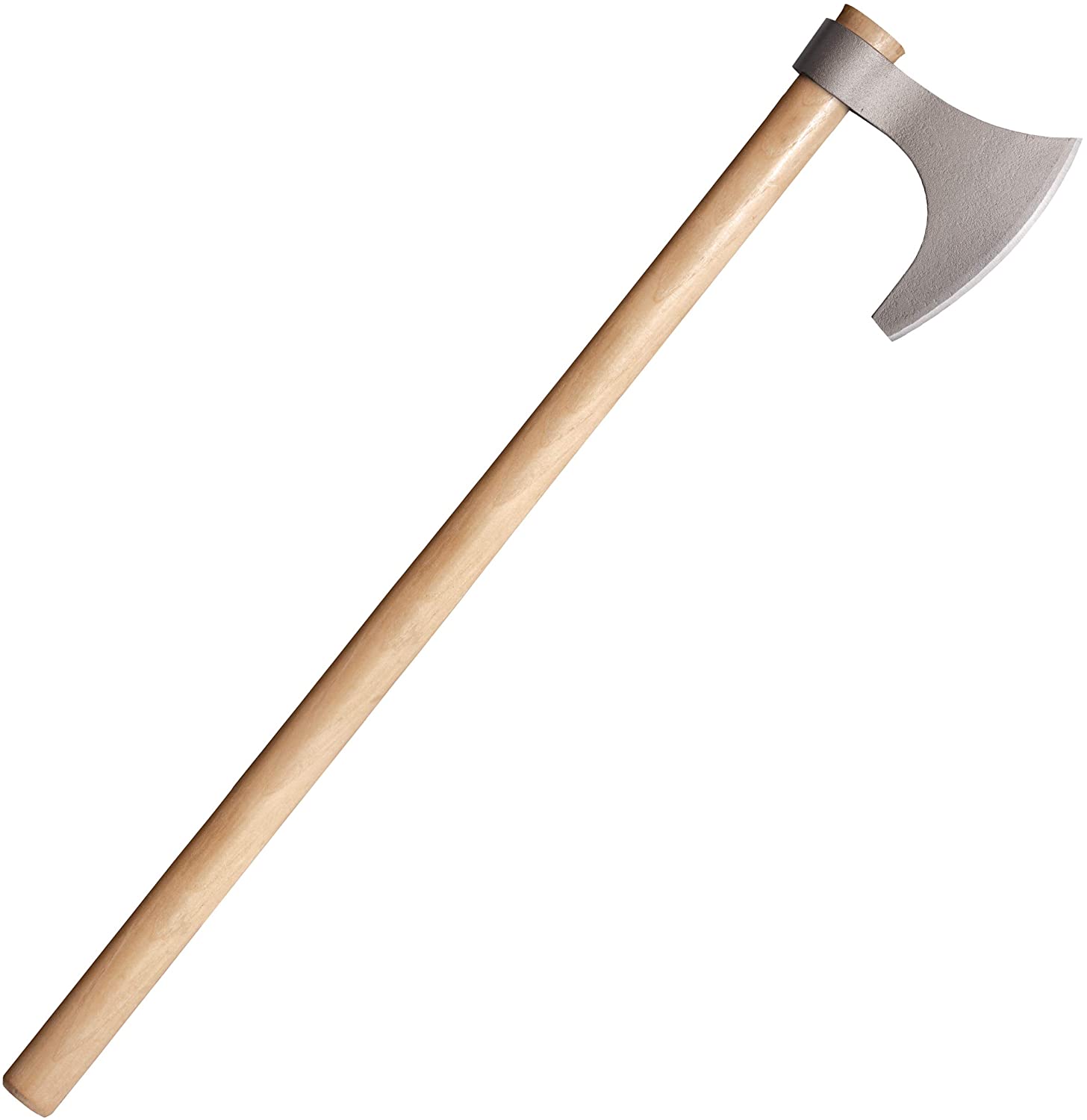The Viking axe, a versatile weapon and tool used from 8th to 11th centuries, featured a curved blade and long handle, designed for chopping, slashing, and throwing. It symbolized Norse culture, reflecting warriors’ prowess and serving essential functions in everyday life.
Vikings are often pictured clutching larger or smaller axes, looking threatening and wild with them in their hands. Indeed axes were an essential part of a Viking’s life. Not just as weapons, but as tools they simply couldn’t do without in their daily lives. An axe was something every Viking needed to own and know how to use in their forested, snowy homelands. Because of this, axes became the most common weapons used during conflicts.
Axes as weapons of war started simply as the available tools carried along on Viking raiding expeditions. Another reason the axes were a popular choice of weapon is due to their agility and compact size – massive Viking battle axes are more of an exaggeration than a rule in the Viking armory.
If you’re interested in buying a Viking axe, here is my guide to the best Viking axes for sale:
- 1095 Carbon Steel Axehead with 56-58 HRC Hardness
- 24-inch Teakwood Handle
- Skegg Bearded Design
- Long 6-inch Cutting Edge
Shadow Cutlery Vikings Ragnar Lothbrok Axe
- Sharpened, Functional Axe
- Hand Forged Carbon Steel Axehead
- 24-inch Leather Wrapped Ash Handle
- Replica Design of Ragar Lothbrok from Vikings TV
- Long 10-inch Cutting Edge
- Two-Handed 48-inch American Hickory Handle
- Made in Taiwan
- A Modern Interpretation of a Viking War Axe
Table of Contents
What is a Viking Axe?
A Viking Axe is a hand tool that has a variety of usages both in the battleground and at home. Back in that era, swords were quite expensive and only wealthy warriors could afford them. On the other hand, an axe was something almost everyone owned as it was more of a common tool than a weapon.
Over time the design and the structure of the axes changed. Scandinavian people mastered the art of axe making. In the beginning, the head was made with stone but gradually it was replaced by iron and steel.
There are several different kinds of axes used by the warriors during the Viking age. Viking axes were generally lightweight so that warrior could easily handle and throw the axe. The edge of the axe was designed to be razor-sharp. There were also axe types that were meant for close combat as they had a short cutting edge. Among these the most common type types were the Dane axe and the bearded axe.
The size of Viking axes varied and they were usually from one to five feet long. The size and thickness of the blade also varied. Dane axes used to have a thin blade profile with a large, curving cutting edge which made them an excellent at cutting through leather armour and inflicting serious wounds. On the other hand, bearded axes were thicker and heavier which made them a good choice for heavy-duty tasks such as wood-cutting and splitting, but which also helped them deliver powerful crushing blows against an enemy.
Viking Axe History
Around the 10th-11th century, Viking axe got immense popularity among the areas outside Scandinavia where Vikings influence were quite strong during that time and it was one of the most common weapons used by the ancient Norse warriors. The medieval Norsemen used two common types of axe: the long axe and the hand axe. Axes from the early Viking era had cutting edges 3 to 6 inches long, while later on in the Viking age, the axes used became much larger. Some broad-axes, for example, had crescent shaped edges 9 to 18 inches long!
During wars, most Vikings couldn’t afford weapons such as swords (steel was expensive), so they would take along the axe that they used for splitting or cutting wood to serve as their weapon in the battle. It was a poor man’s weapon, since every Viking man would have an axe in their household for essential tasks like cutting down trees, processing wood, and building, but that also meant that Vikings were comfortable with and knew how to use them.
Even though axe wasn’t a fancy weapon, it was quite deadly. Skilled warriors could tear the shields of their enemies like paper and easily take down in close combat. However, eventually the Vikings got wealthier and they opted for weapons with better maneuverability.
Types of Viking Axes
Axes came in a variety of sizes and shapes. Let’s take a look at the most common types of axes that were used by Vikings and which are popular nowadays in movies and TV shows about them.
Danish Axe
The Danish Axe is one of the earliest types of battle axe that was used mostly during the Viking Age and the Early Middle Age. The Danish axes are also known as Dane axe, English long axe, and hafted axe. This kind of axe has a wide and thin blade that also includes a pronounced horn at both the toe and the heel of the bit. This gives it large cutting surface.
The blade of a Danish axe is usually sized at 8-12 inches and the blade has a thin profile, which made it good for making deep cuts – through tough leather armor, for example.

Bearded Axe
One of the most common types of axe used in the Viking era was the bearded axe, also known as the skeggox in Old Norse. The lower portion of the axe bit is known as the beard, so called because it extends in a curve below the butt of the axehead. This beard provided the axe with a larger cutting surface while keeping the weight of the axe low enough to be viable in combat. The beard also allowed Viking warriors to hook and pull weapons out of the grasp of an enemy or to pull down a shield, allowing the axe wielder or an ally to strike at the unprotected enemy. Bearded axes are still used to this day in woodworking, as they allow user to place their grip up high and make precise cuts with the axe.

Francisca Axe
Francisca axes are named after their Frankish origins. Francisa axes appeared in the first few centuries AD and made their way up northwards, reaching the Anglo-Saxons and Norse with time. Francisa axes were small weapons, with cutting edges around 4 inches long and an average weight of 1.2 lbs or 600 grams. They were used for both as a throwing weapon and for close combat.
The Mammen Axe
The Mammen axe is not a type of axe, but a single fine specimen. It is one of the most elegant Viking Axes ever found. The Mammen axe – named after the Danish village in which it was found – was made of iron with silver inlay and decorated in the “Mammen style”, which is a mix of Christian and pagan motifs and patterns. This shows that axes were also status symbols – the Mammen axe was clearly the property of a well-off, important Viking from the area.
Viking Axe Replicas and Viking Reenactment Weapons
Viking weapons have always interested history buffs and collectors, especially English speakers, because of the historical links Vikings had with the British and North America. But with the appearance of the hit TV show Vikings, interest in Viking axe replicas skyrocketed. The most famous such axe, of course, is Ragnar Lothbrok’s axe, but there are many beautiful and functional replicas out there.
You can get them online in various places, and Amazon offers a bunch as well. Viking axe replicas and re-enactment weapons that are true to history will use materials that are as close to the originals as possible – that means no one-piece steel axes (unfortunately or not), but rather wood and iron or steel. Such weapons are a great gift for yourself or anyone who is into history or historical re-enactment, whether as a wall piece or something to take to events and actually use.
My personal favorite is the Ragnar Lothbrok Axe replica – it is 2.4 pounds and fully functional with a high carbon steel axehead.
Conclusion
This history of Viking axes is absolutely wonderful. I hope that this article helped you get an idea of those glorious times. The good news is that with modern technology and online shopping, you can get high-quality Viking axe replicas where in previous years and decades it would’ve taken trips to specialized dealers or ordering it from a blacksmith to get your hands on something like that.
In any case, the Vikings were a fascinating, energetic people with an appetite for life, even with all of its ugliness. Their tools – and weapons – were simple, but deadly effective. And they changed the course of Western history with their expeditions, raids, and invasions. Not bad for a few farmers and fishermen from the cold north of Europe!



